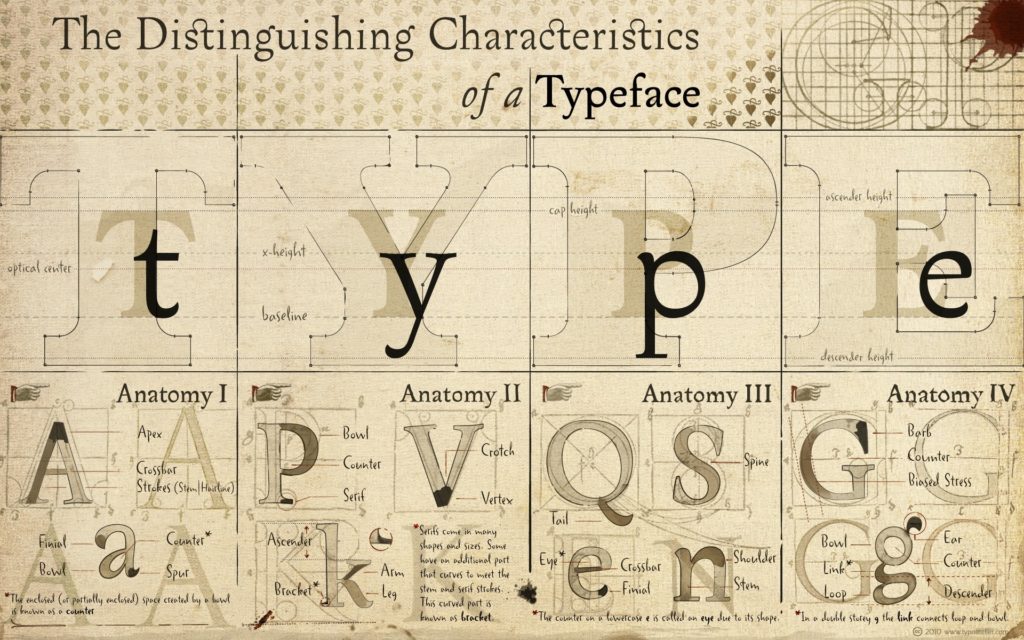| Critique & Participation 15% | This course offers you both Artistic Analysis and Creative Practice core requirements. As such, there is an academic component that includes readings that you will be assigned, and required to respond to and discuss in the class with your peers. |
| >>> Critique & Participation: Engaging in Critique is centrally important in this class, just much as it is in the Collegiate Seminar program you are all familiar with. The ability to talk about your or someone else’s design work cogently and confidently is an important feature of this class and your development as a designer. Active participation in class discussions (for readings) and student presentations will continue to improve your ability to perform in this course and is expected of all students. This grade category includes attendance and tardiness. |
| Homework (Design, research & Reading) 15% | You will store all of your prep and finals on a drive folder that I share with you. You are expected to keep the folder well organized; this will be used during our weekly one-on-one conferences. Preparation/Sketchbook work is not to be done in class. Sketchbooks are submitted for grading at the end of the semester. |
| >>> By splitting the semester into distinct project stages, students will be able to accumulate knowledge and skills in such a way that they are fully prepared to make their final project. Each of the stage requirements is described below: |
| Skills Building: Design & Software Rudiments 20% | Weeks 1-6. Students will learn software and manual skills. This phase requires learning the basics and completing small projects in both Photoshop and Illustrator. Graphic assets students produce will be composed using InDesign. Students will develop designs that they will present to the class as a whole at weeks 3 & 6. Students are graded on the responses to the assigned readings and the quality of work produced in homework and in-class design exercises. |
| Phase 1: 10% | Weeks 7-9. In this phase, students will begin to work on their projects as they continue to develop software skills. Students will learn how to interpret the data found through research into the logic of a design, and present several versions of this work. The work done in this phase will be produced and used for the project going forward. Students will present this work to the class in week 10. |
| Phase 2: 10% | Weeks 10 – 12. This phase begins with an in-class presentation of project work: decisions, findings, and initial ideas. Students begin to refine and finalize aspects of their projects as they accumulate materials. This phase will involve translating idea sketches to plan drawings in Illustrator, applying graphic assets to different design environments and applications, and beginning to formalize a design proposal. |
| Phase 3: 30% | Weeks 13 – 15. This final phase allows students to use the skills and knowledge gained in the previous two phases to construct a more substantial project. Students are required to develop a product of their choosing and design all of the graphic properties for the piece. Students will use these properties to produce finalized designs as ‘products’. It is expected that students can show a design evolution, and present several versions of the final piece. |

